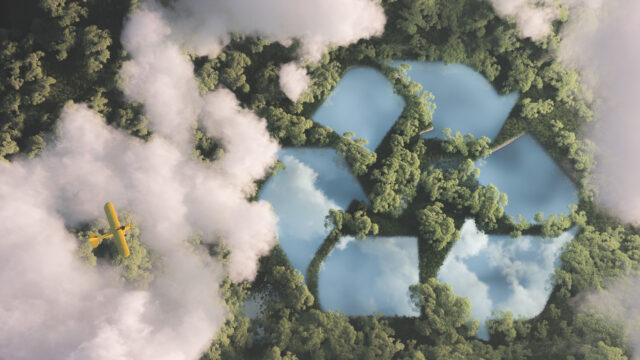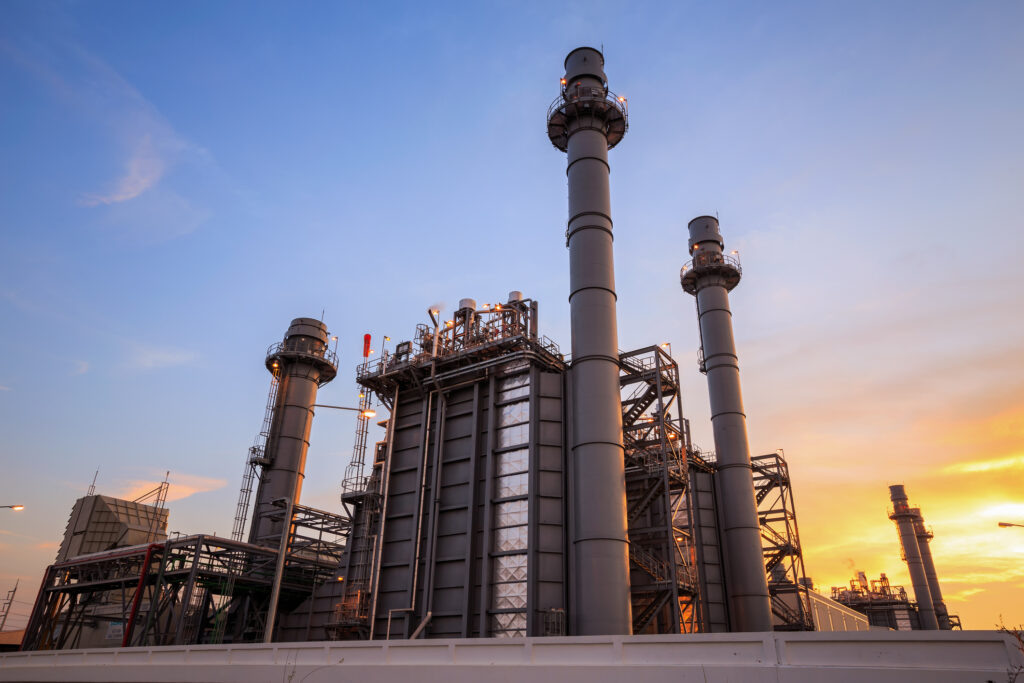
This year will see the opening of Australia’s first waste-to-energy plant, at Kwinana, 40km south of Perth, Western Australia. The 3.5-hectare site will have the capacity to process 400,000 tonnes of waste per year, in turn producing enough energy to power 50,000 homes.
Three years in the making and costing about $700 million, the project is an outlier in Australia which, unlike several countries in Europe and elsewhere, has traditionally shied away from incinerating waste.
As outlined in a joint paper authored by research scientists Thomas Cole-Hunter, Ana Porta Cubas, Christina Magill and Christine Cowie, “The big concern is burning waste may release chemicals that can harm our health, such as nitrogen oxide and dioxin. Exposure to high levels of dioxin can lead to skin lesions, an impaired immune system and reproductive issues.”
These concerns, allied to worries that incineration might negatively impact the drive towards a greater focus on recycling, have led to opposition from Green and Independent MPs to proposals for building thermal waste treatment facilities in Greater Sydney and to a blanket ban on the establishment of these plants in the ACT.
However, in light of Australia’s waste crisis – following China’s ban on the importation of foreign waste in 2017 – and federal and state targets for the general reduction of emissions, alternatives such as incineration are being explored.
The method of using waste to create energy is already widely adopted in Nordic countries, with Denmark’s Amager Bakke facility the crowning example in Europe.

This $870 million plant burns about 400,000 tonnes of municipal solid waste per year, with Denmark importing waste from other countries, such as the UK, to fuel Amager Bakke at full capacity. Cutting-edge filtration technology means that sulphur and nitrogen oxide emissions have been reduced by upwards of 95 per cent.
The apparent safety of the plant has led to its popularity among local communities and even tourists, drawn by a dry ski slope that runs down its slanted roof.
Japan is also heavily reliant on incineration, with more than 1,000 incineration facilities in operation around the country. Of these, 380 are waste-to-energy plants. Japan is a keen advocate of the waste-to-energy process, exporting technologies and expertise to neighbouring countries, such as the Philippines, that are beset with waste problems.
But worries remain. Campaigners argue that burning plastics releases dioxins that are harmful to public health, and, operating at lower efficiency than other power stations, waste-to-energy plants could contribute to climate change.
In terms of the impact on the health of residents, Cole-Hunter, Porta Cubas, Magill and Cowie have conducted a review of scientific papers and argue that there is simply not enough evidence either way to reach a definitive conclusion. On whether waste-to-energy could be detrimental to public health, their report states, “the answer remains unclear, and we therefore call for a cautious approach to waste-to-energy technology”.













